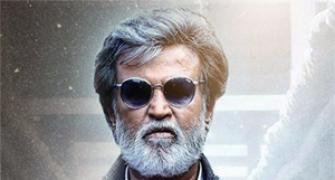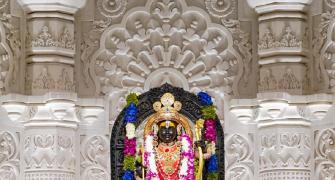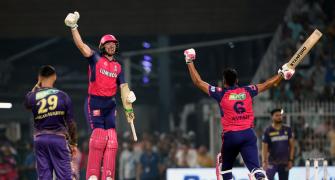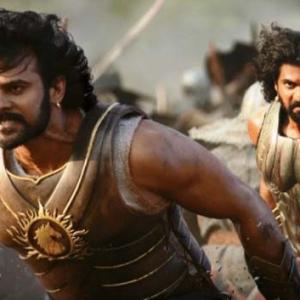There is a beguiling allure to ‘masstige’ brands, which trade places up and down the value spectrum. But they aren’t always easy or successful, says Bharat Bambawale.
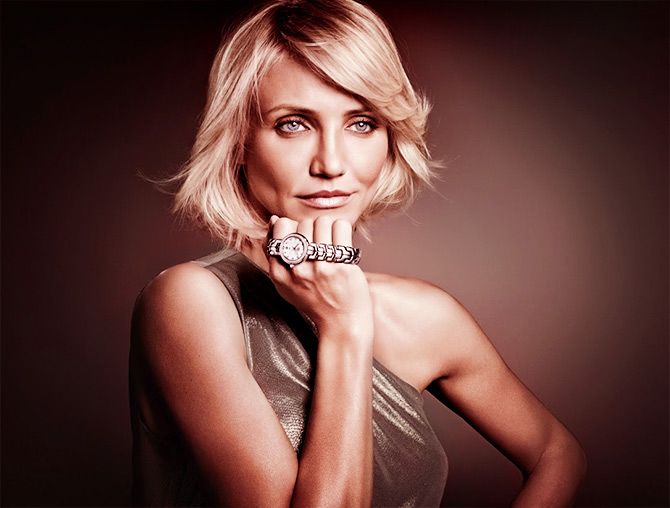
The Bombay Gymkhana, south Mumbai’s storied 140-year club, made news for its opposition, and subsequent surrender, to the demand by a group of guest members, whose temporary memberships were to cease following their retirement from positions that brought this sought-after privilege.
Without weighing in on either side of that controversy, the incident is interesting from a brand point of view. It underlines the irresistibility of prestige brands.
In times gone by the Bombay Gymkhana presented an image of rugged sporting competition but with fine manners, of high achievers who had sophistication and poise, of people who went to the right schools, spoke with the right accents and had travelled extensively. It was a small and exclusive group you were invited to join, and only after careful consideration.
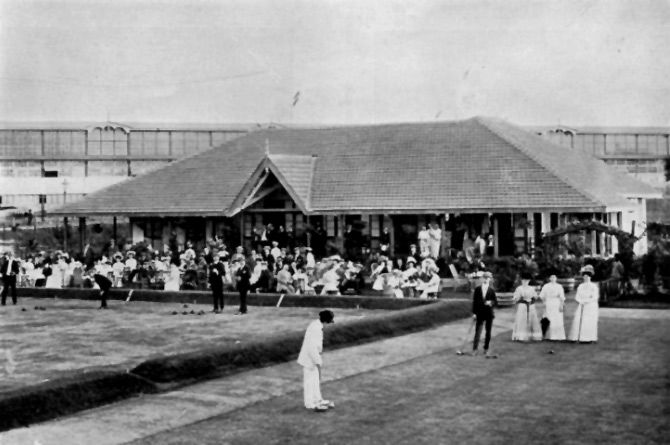
What gives prestige brands magnetism and multiplies their appeal is they are not accessible to everyone.
They occupy a special world not many can be part of.
They are used by beautiful people many want to be or at least be like; they ask the consumer to rise to the brand’s way of life.
They emanate a wispy stardom that consumers want to rub shoulders with.
Prestige brands are built not just by ‘restricted entry’ and polished imagery, but by unique creative vision that brings very high attention to the product. Craftsmanship, with precision and uncompromised quality, is a defining principle.

The experience of un-boxing a Tag Heuer is exciting and voluptuous, filling the buyer with the pride of ownership.
Provenance, such as Switzerland for watches and Provence for L’Occitane, injects authenticity. Pricing is key, because something made well rarely comes cheap.
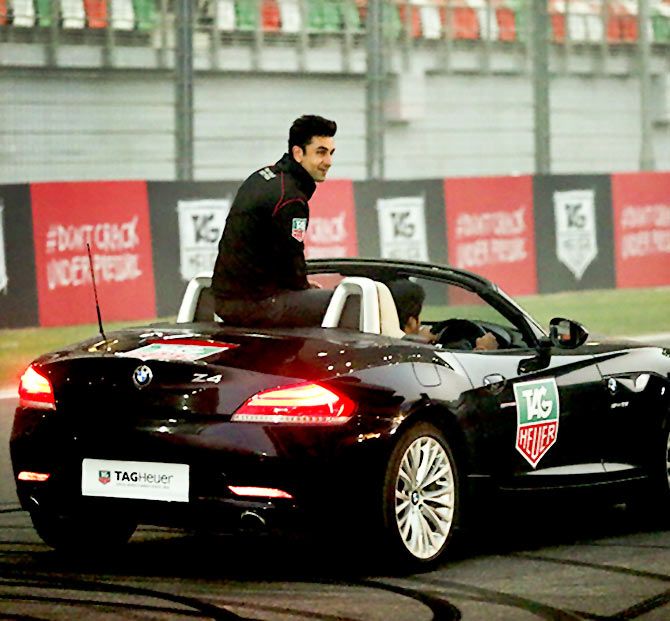
At the other end of the spectrum are mass brands. They are unabashedly accessible, court popularity and make no pretense of provenance or crafting. At their hearts they are democratic, wanting to belong to everyone. Count Maruti Suzuki, Airtel, Wheel, Patanjali and many other Indian brands in this category.
Both prestige and mass brands bring enormous value to companies that make them and consumers that use them. Mass brands remove or reduce barriers to entry. Prestige brands put up barriers of quality and price. With each having their committed consumers, a happy equilibrium is maintained... until discretionary spending increases and lifestyles become more hedonistic.
That’s when brands at both ends of the spectrum start to migrate towards the centre and the ‘masstige’ segment is born.
The logic is impeccable: if prestige brands create affordable extensions, albeit with a small drop in quality, they pick up a share of the rising consumer.
Equally if mass brands add quality to their extensions, they can raise price and catch some downward consumer traffic.
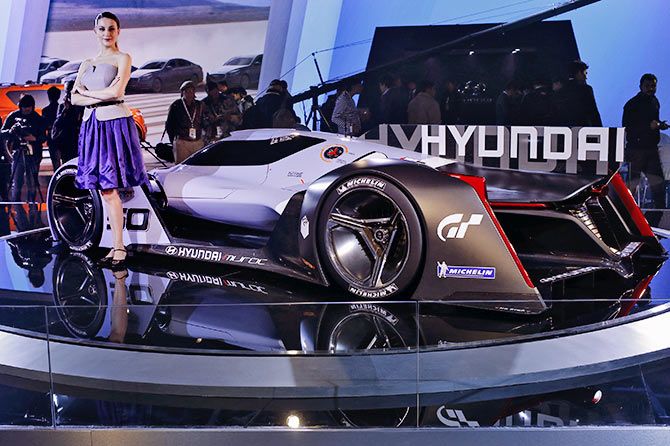
But is there a sustainable masstige positioning for brands migrating from both ends? A prestige brand’s core is unquestionably compromised by lower-price extensions; so is a mass brand’s very reason for being as it hits a ceiling, often short of ‘masstige’, let alone prestige, beyond which it cannot extend upward.
No matter which end of the spectrum you start from, migration to ‘masstige’ is not without dilution of brand DNA. ‘Masstige’ works best for a brand that is positioned in that segment, as Hyundai Motors has demonstrated so successfully in India.
So what of the Bombay Gymkhana, the prestige brand that very publicly compromised on its policy? It wouldn’t surprise if its brand value diminishes, as every little accommodation shifts it from its moorings and plunges it into the choppy waters of masstige-ness. For all you know you might have them dialing you with a membership offer!
Bharat Bambawale is founder of brand consultancy, Bharat Bambawale & Associates.



